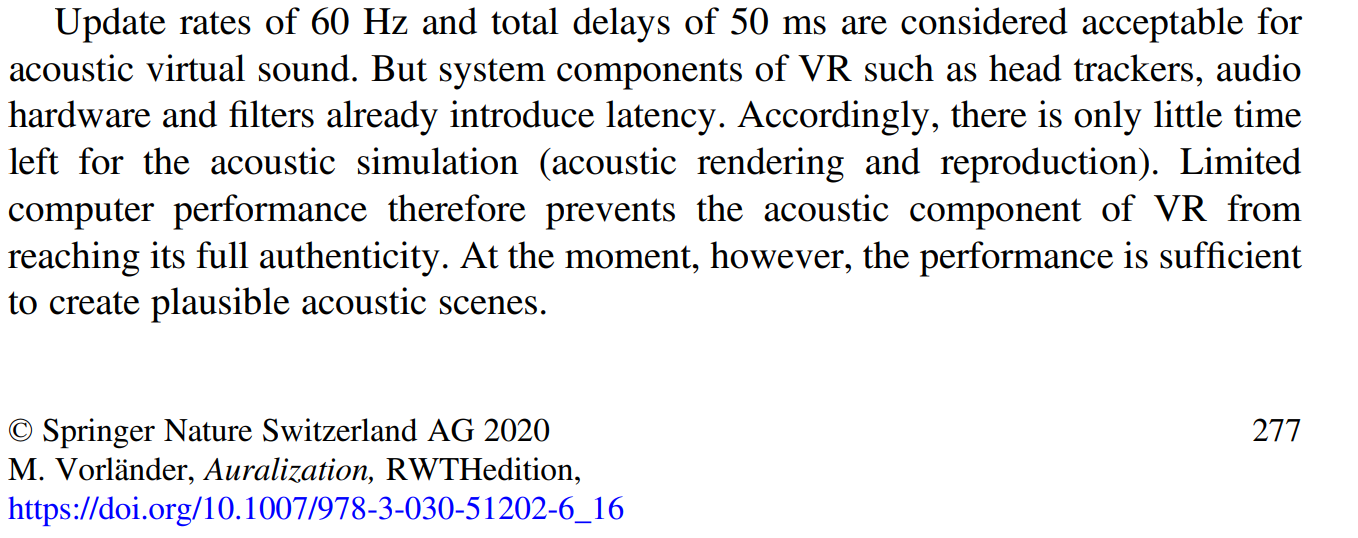jaakkopasanen
100+ Head-Fier
I'd love to see this come be and I've toyed with the idea of building it myself but probably won't be have time any time soon. Head tracking would be superb and I would definitely make Impulcifer be able to record more angles to support this if anyone would build or find an existing solution for this.I'm considering creating a VST plugin for Equalizer APO. The idea is to have it import measured BRIRs and use head tracking to dynamically synthesize virtual surround sound in real-time. Before I dive in, I'm curious if there's already a plugin or software out there that can do this? I'd hate to reinvent the wheel. Also, if anyone has any relevant resources or references that could help, I'd greatly appreciate it.





















 ).
).



